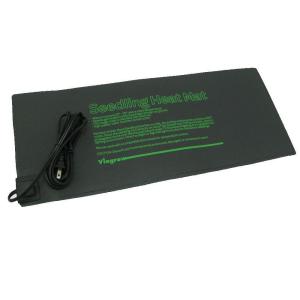I just moved 10 gallons of this into the "lagering" phase. My SG was on at 1.092, and the two different carboys finished at 1.011 and 1.012. So not too bad. I also used 3# of store bought D2 syrup, and 3# of homemade, so we'll see how that turns out (all mixed, so it won't be a side by side sort of thing).
Just a question: My temps peaked out around 78-79* Will this be significantly different had it peaked around the 82 it should have?
Also, I did the "Old World" with a double decoction.
Just a question: My temps peaked out around 78-79* Will this be significantly different had it peaked around the 82 it should have?
Also, I did the "Old World" with a double decoction.



